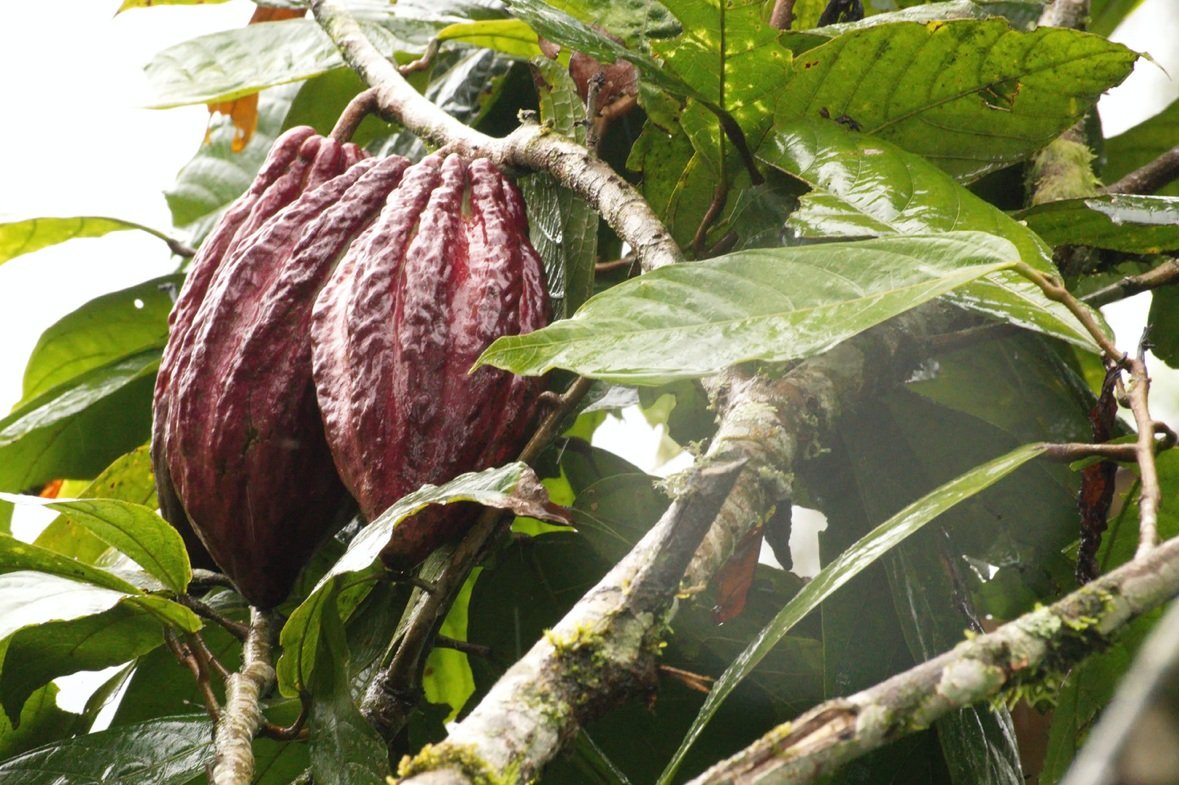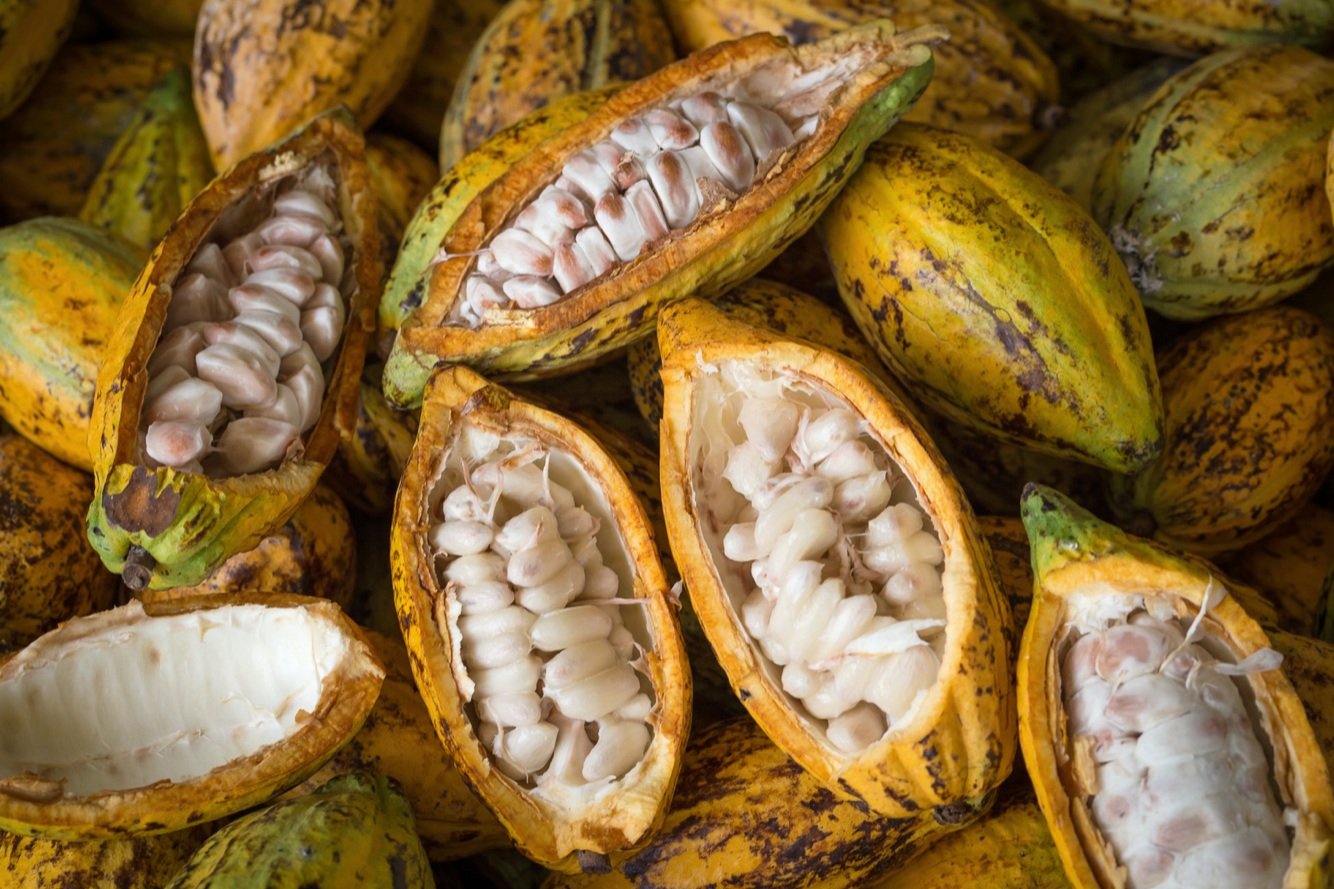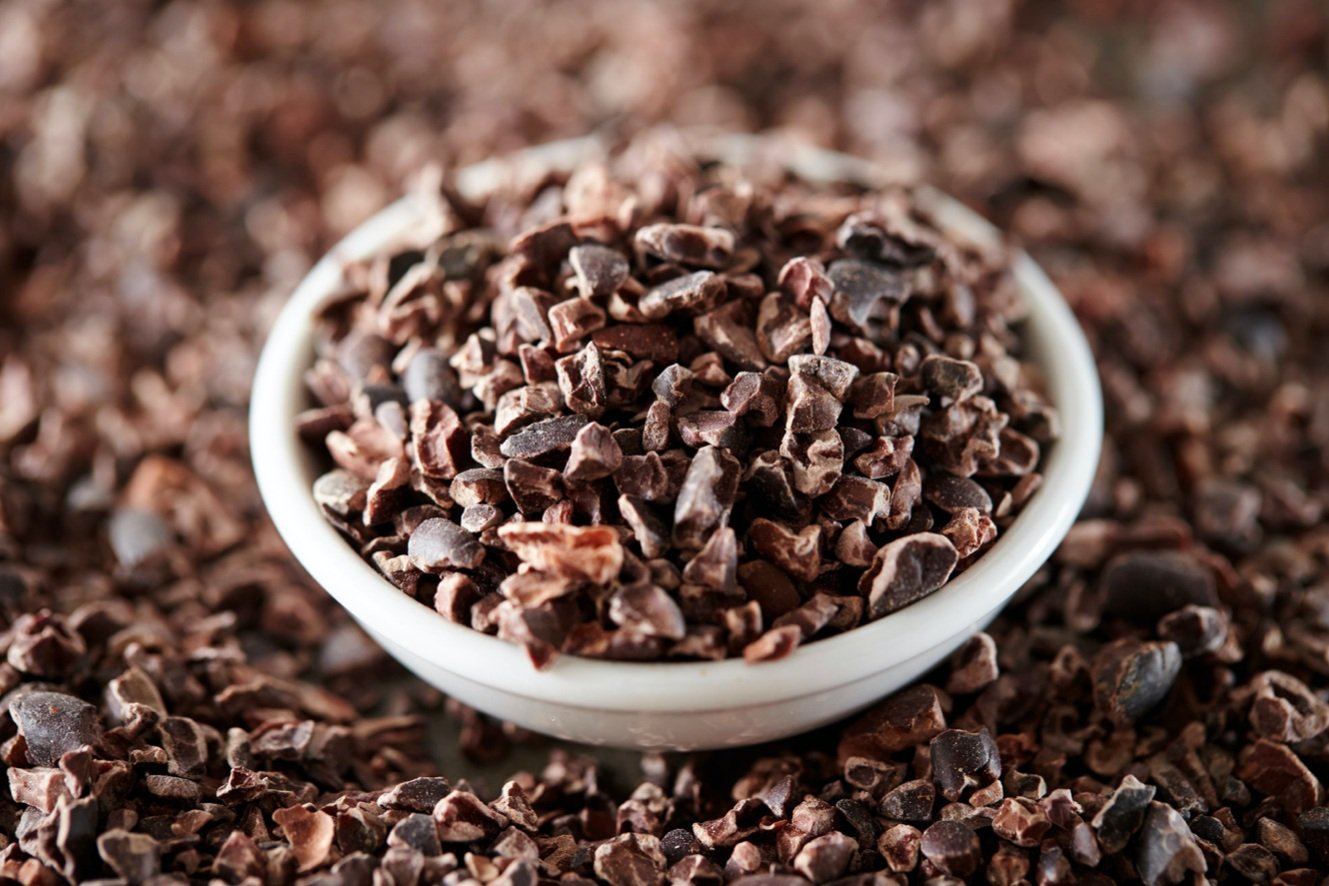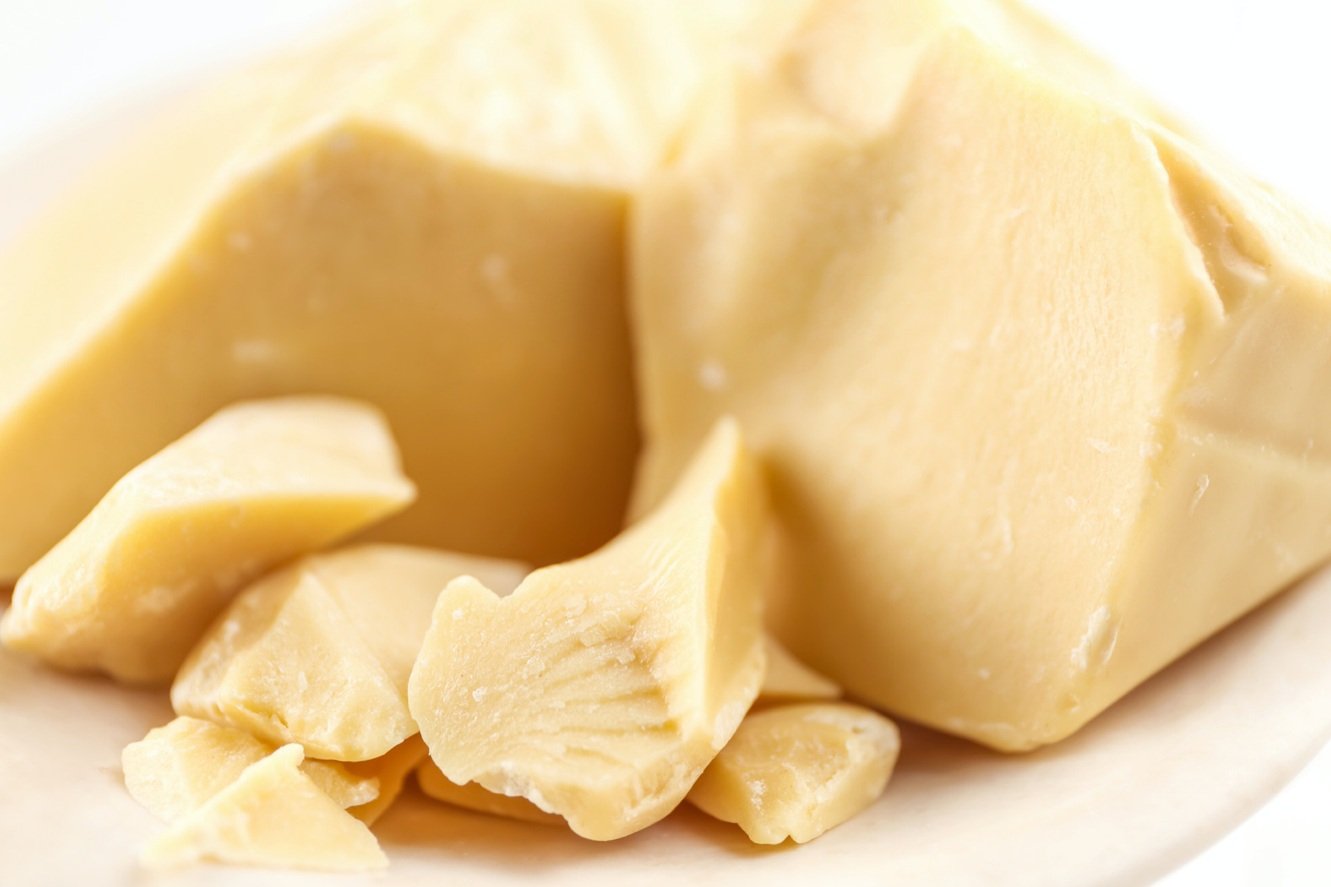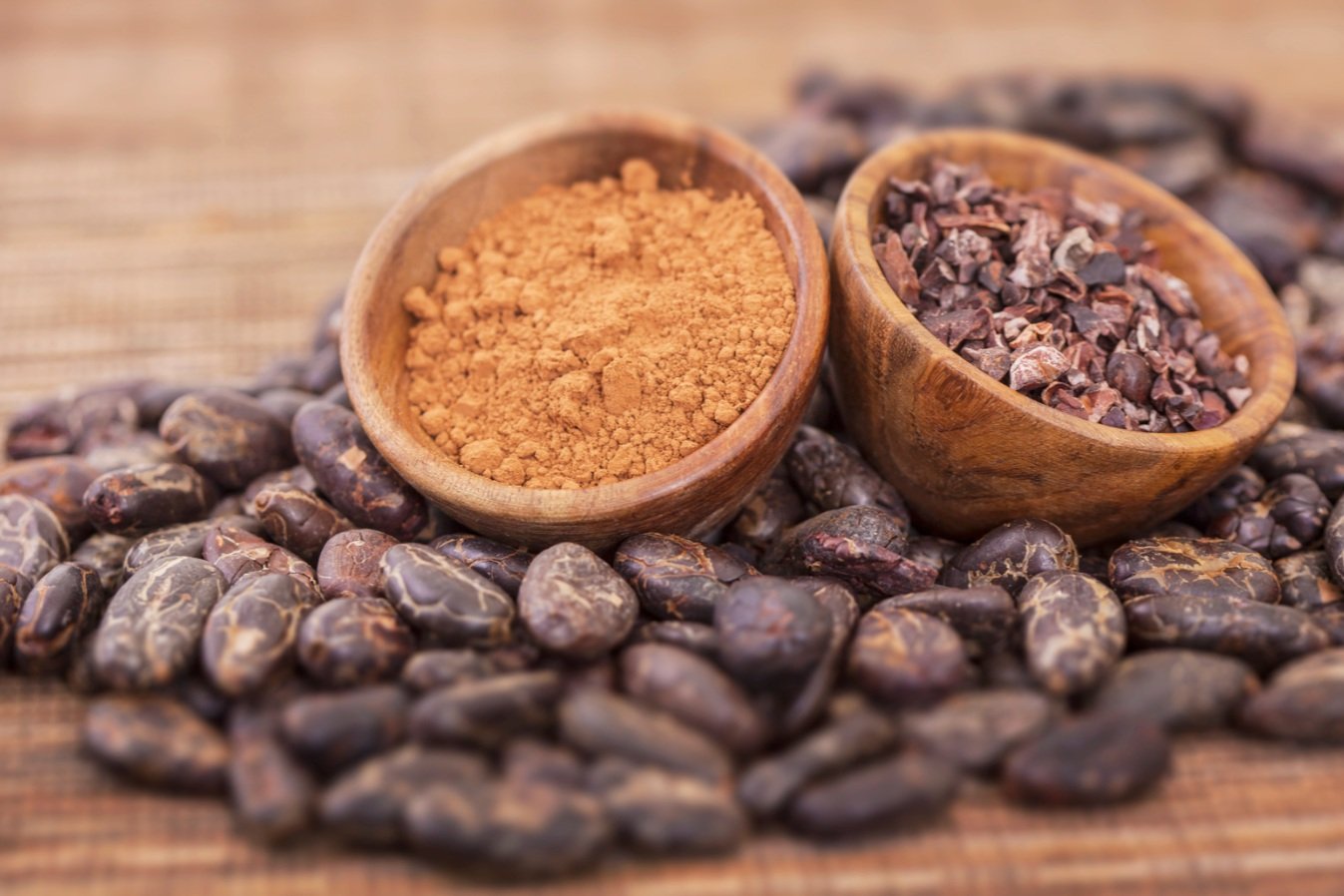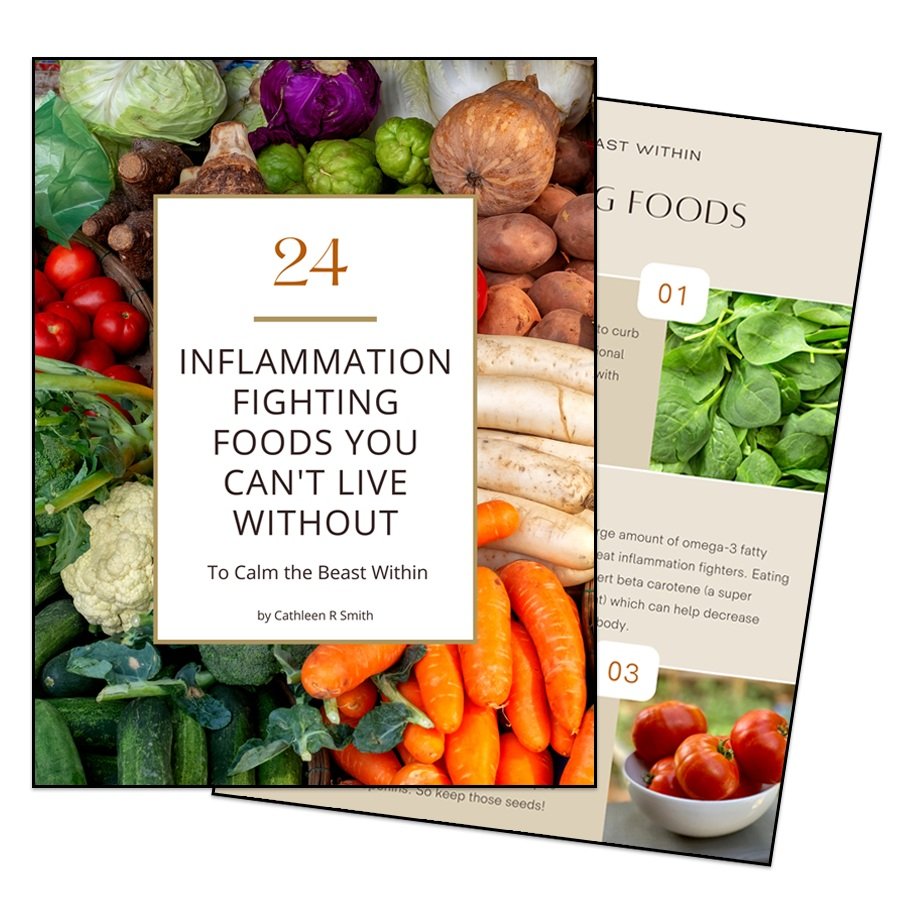Body Butter & Brownies - Because They Go Together
OK - take your mind out of the gutter. They don’t go together THAT way. LOL
But . . . this particular body butter and these particular brownies do have something in common - Cacao! In other words, really good “chocolate”.
Cacao comes from the Theobroma cacao tree that grows in the rainforests of Central and South America. The pods that grow on these trees look like small footballs and can be green, yellow, orange, red or purple.
The seeds (called cacao beans) inside the cacao pods are where chocolate comes from. Cacao can be found in several different forms - cacao powder, cacao nibs and cacao butter - depending on how the beans are processed.
Once the cacao beans are removed from the pods, the beans are fermented and dried. Then the fat is separated out. What remains is ground and becomes cacao powder. Fun fact: Cacao powder usually comes from raw, dried beans but cocoa powder comes from beans that have been roasted.
Cacao nibs are just smashed up cacao beans.
And cacao butter is the fat that’s been separated from the cacao beans.
“But what’s the big deal?” you might be asking.
Well here’s the thing - chocolate comes from the cacao bean. And cacao (i.e., chocolate) has some amazing health benefits. Cacao contains tons of flavonoids which have a positive effect on cognitive and brain functions, are effective in fighting inflammation and oxidative stress, and have beneficial effects on your cardiovascular system. Cacao can raise serotonin levels which may help with depression, and can help to reduce blood pressure and cholesterol levels.
As a a result, the cacao bean has been placed in the category of a “super fruit” - those fruits that contain high levels of antioxidants, fiber, vitamins, minerals and other nutrients that are “super” good for you. So let’s get started!
Cacao Body Butter
Cacao Body Butter is a great moisturizer - it’s light and airy, and smells really good (a little bit like chocolate). It’s super hydrating, lasts all day and works well on rough heels and elbows.
The simplest recipe for Cacao Body Butter that I’ve tried (and love) is on the back of the bag of Navitas Unsweetened Organic Cacao Butter (although I doubled the recipe). All it takes is 1/2 cup of cacao butter, 1/2 cup unrefined coconut oil and 1/2 cup sweet almond oil. You have to use sweet almond oil because it’s a fixed oil and won’t evaporate. Melt the cacao butter, coconut oil and almond oil in a saucepan over low heat. Pour into a glass bowl and place in the refrigerator for about 1 hour - just until it begins to harden. Whip with an electric mixer on high until it becomes light and fluffy. Don’t whip too long or your body butter will start to harden. If this happens, just warm it up slightly and start again. Spoon it into a glass jar and store at room temperature - it will last quite a while.
Gluten Free Caramel Brownies
Next up - brownies! Which have both cacao powder AND cacao nibs - it’s a double whammy! This recipe is from the Hazel Mountain Cookbook by Kasha Connally. Hazel Mountain Chocolate is located in Bellharbour, County Clare, Ireland. If you’re ever even close - it’s a must to visit!
Couple of things - first, most of the recipe ingredients are set out in grams and milliliters instead of pounds and ounces. So get yourself a really good kitchen scale like this one from Oxo. Next, the recipe says to set the oven at 180 degrees Celsius, which is 356 degrees Fahrenheit. I set my oven at 350 degrees on bake and the brownies came out perfect. Also, the recipe calls for a 24 x 34 centimeter baking dish, which converts to 9.45 x 13.4 inches. Just use a 9 x 13 dish and you’ll be fine.
One last thing to note - the recipe calls for tinned caramel which is really only available in the UK. But at our local grocery, I found Nestle’s La Lechera which is a milk-based caramel called dulce de leche. So I used this instead. Just know there is a difference between caramel and dulce de leche. Caramel is made by simmering sugar and water until it caramelizes, while dulce de leche is made by simmering milk and sugar which makes dulce de leche creamier than caramel.
You can find the full recipe in my Kickin’ Kitchen {HERE}.
And chocolate isn’t the only food that is effective in fighting inflammation. Join my email list and get your FREE downloadable guide to find out more foods that are commonly eaten to help combat chronic inflammation - and how you can easily add these foods into your daily diet.
Let’s eat better to feel better!


